A five minute guide to the Loch Ness monster
The legend of the Loch Ness monster has endured for more than a thousand years, inspiring countless works of art along the way.
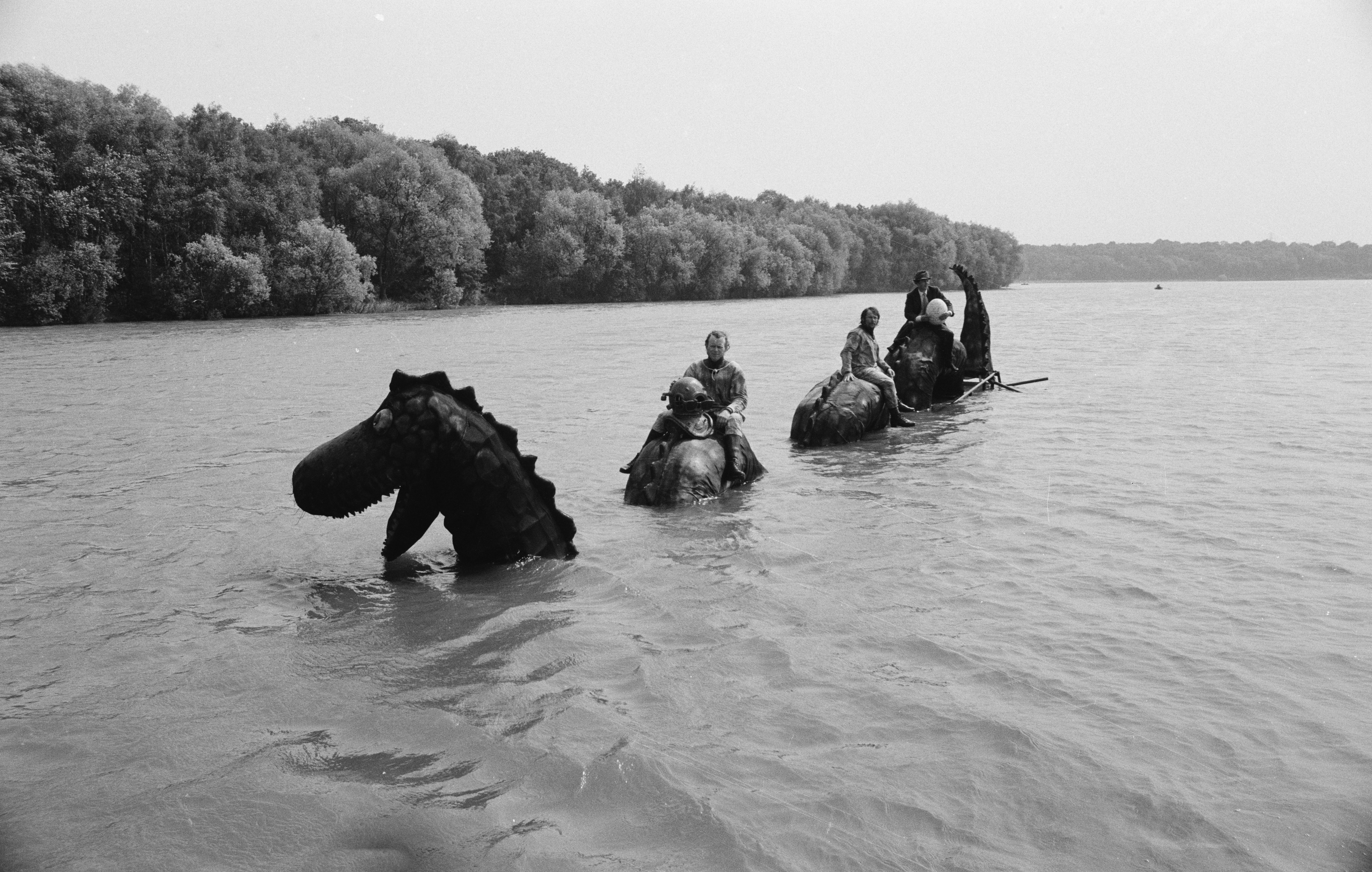

St Columba was travelling across Scotland when, in 565, he found himself by the River Ness. There, the hagiographer Adomnán reported in his Life of St Columba, he found the Picts ‘burying a poor unfortunate little fellow, whom, as those who were burying him themselves reported, some water monster had a little before snatched at as he was swimming, and bitten with a most savage bite’.
Upon hearing this, one of the saint’s companions took to the water and, sure enough, the ‘aquatic beast’ rose from the depths ‘with a great roar and open mouth’. At this, St Columba ‘formed the saving sign of the cross in the empty air, invoked the Name of God, and commanded the fierce monster, saying: ‘Think not to go further, nor touch thou the man. Quick! Go back!’ Nessie did — and became a legend that has endured for 1,460 years.
- Although St Columba and his men were the first monks to spot the monster, they weren’t alone. In the late 1100s, travelling across Scotland, cleric Walter of Bingham sought passage across the River Ness. A boy took him in his coracle — only for the beast to emerge from the water, with fire in its eyes, and drag the unfortunate youth to his death. Walter didn’t merely write the story, but also illustrated it in a manuscript that is now at the British Library. Severely faded, the drawing — thought to be the earliest picture of Nessie, although Pictish carvings of monstrous beasts also exist — was re-created in 2013 by a team of scientists using a technique called Re-Zoom Spectroscopy. It turns out that the monster Walter saw looked rather like an enormous bear
- However, by the time Nessie made it into war propaganda in the early 20th century, it had definitely morphed into a plesiosaur look-alike, or at the very least a colossal snake. In a 1914 German cartoon, a deranged cockerel (France), a menacing bear (Russia) and a behatted, pipe-smoking sea serpent (Britain) gang up to browbeat a peaceful farmer (obviously German), in a rather creative reinterpretation of the events leading up to the declaration of the First World War
- Sightings proliferated in the interwar years, particularly in 1933 and, in November of that year, the first photograph of the monster was taken, in which Nessie had a decidedly serpentine look. Close inspection suggested it might have been an otter or even the photographer’s Labrador fetching a stick, but the theory of a great sea serpent captured the collective imagination and was corroborated by subsequent sightings, films and photographs
- Inevitably, this is the image that filtered into art. Most painters portrayed the snake-like monster at its most frightening — bursting from the waters with a roar, threatening helpless fishermen and even sinking its fangs into a poor sheep’s neck — although, in 1961, Italian artist and illustrator Walter Molino had it tamely take an apple handed by a fearless child on the cover of a Sunday newspaper
- Statues of Nessie, surprisingly widespread beyond the confines of Scotland, also tend to show it at its fiercest, soaring from lake or bank with its powerful jaws open to reveal sharp teeth — but not always. Niki de Saint Phalle’s mosaic-encrusted monster, once on show outside the Musée d’Art Moderne et d’Art Contemporain in Nice, France, is wounded and in pain; the Red Nessie at the Janelia Research Center in Ashburn, Virginia, US, is a bold, abstract reinterpretation of every-one’s favourite serpent; and the latest sculpture to be unveiled (last month, at The Loch Ness Centre, Drumnadrochit) is decidedly friendly. Made by family-run metalworkers Inver-fab, it not only has benches between Nessie’s curly tale and sinuous humps, but also gives people an opportunity to have their say on the beast’s existence by tying a coloured ribbon to its steel frame: believers choose a yellow one, sceptics orange and agnostics blue
Exquisite houses, the beauty of Nature, and how to get the most from your life, straight to your inbox.
Carla must be the only Italian that finds the English weather more congenial than her native country’s sunshine. An antique herself, she became Country Life’s Arts & Antiques editor in 2023 having previously covered, as a freelance journalist, heritage, conservation, history and property stories, for which she won a couple of awards. Her musical taste has never evolved past Puccini and she spends most of her time immersed in any century before the 20th.
-
 What on earth is the person who comes up with Annabel's otherworldly facade displays on? London's most magical Christmas shop displays
What on earth is the person who comes up with Annabel's otherworldly facade displays on? London's most magical Christmas shop displaysPhotographs by Greg Funnell.
-
 What trees taught me about perfect planting — Alan Titchmarsh
What trees taught me about perfect planting — Alan TitchmarshSense and patience is key to growing healthy trees, as a certain Mr Mackenzie showed a young Alan Titchmarsh
-
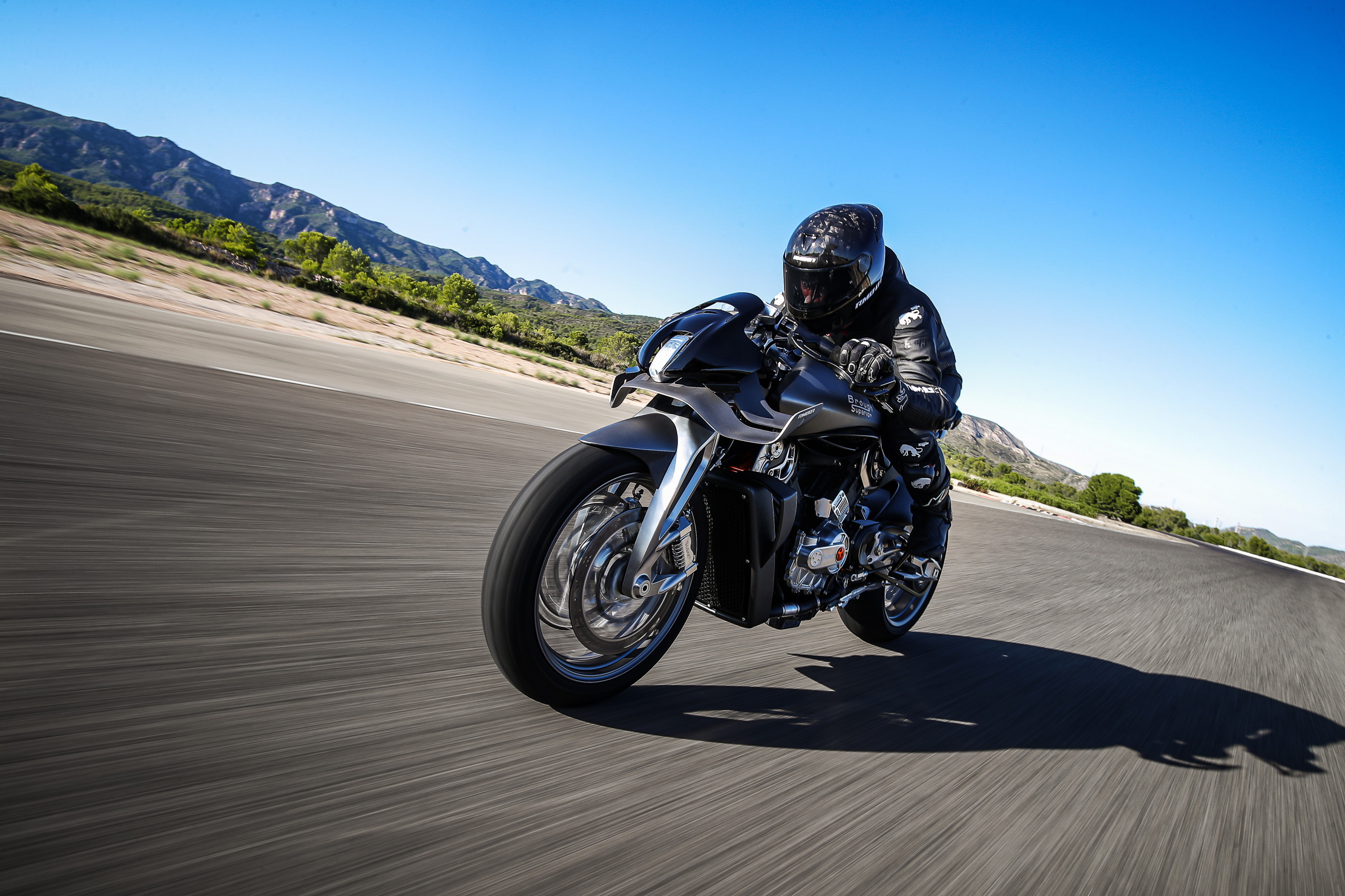 This machine is what happens when the Rolls-Royce of motorbikes and the most innovative of watchmakers join forces
This machine is what happens when the Rolls-Royce of motorbikes and the most innovative of watchmakers join forcesBrough Superior and Richard Mille, two brands renowned for perfection, have created something that is exactly that.
-
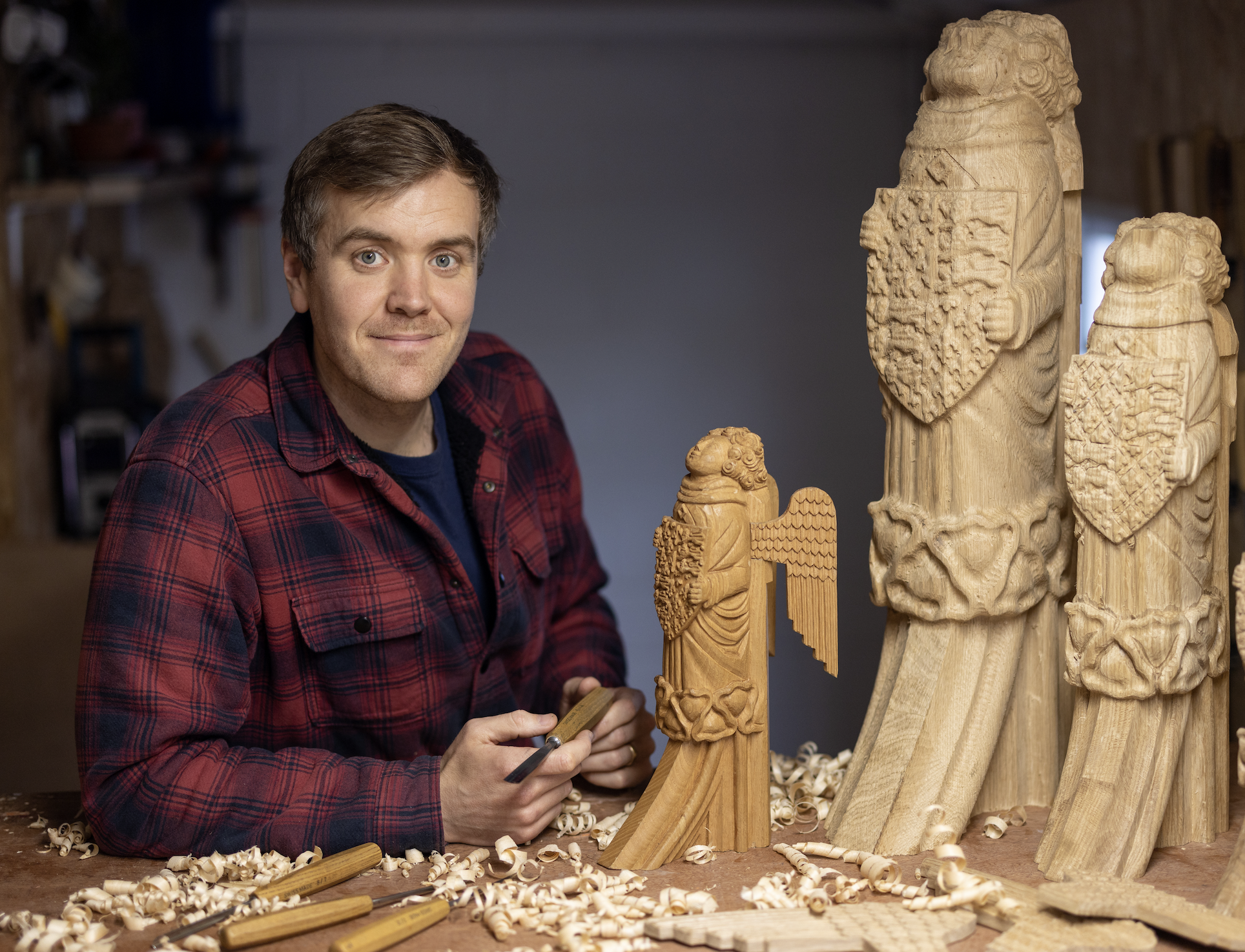 ‘Each one is different depending on what mood I’m in, how I'm feeling and how my energy is’ — meet the carver behind Westminster Hall's angel statues
‘Each one is different depending on what mood I’m in, how I'm feeling and how my energy is’ — meet the carver behind Westminster Hall's angel statuesBespoke woodcarver William Barsley makes unique scale replicas of the angels that gaze over Westminster Hall, the oldest part of the palace of Westminster.
-
 If chess is 'the supreme board game', then it deserves to be played on boards like these
If chess is 'the supreme board game', then it deserves to be played on boards like theseChess sets and backgammon boards are a familiar sight on drawing-room tables, but one expert Highland woodworker is refashioning their forms in beautiful new ways.
-
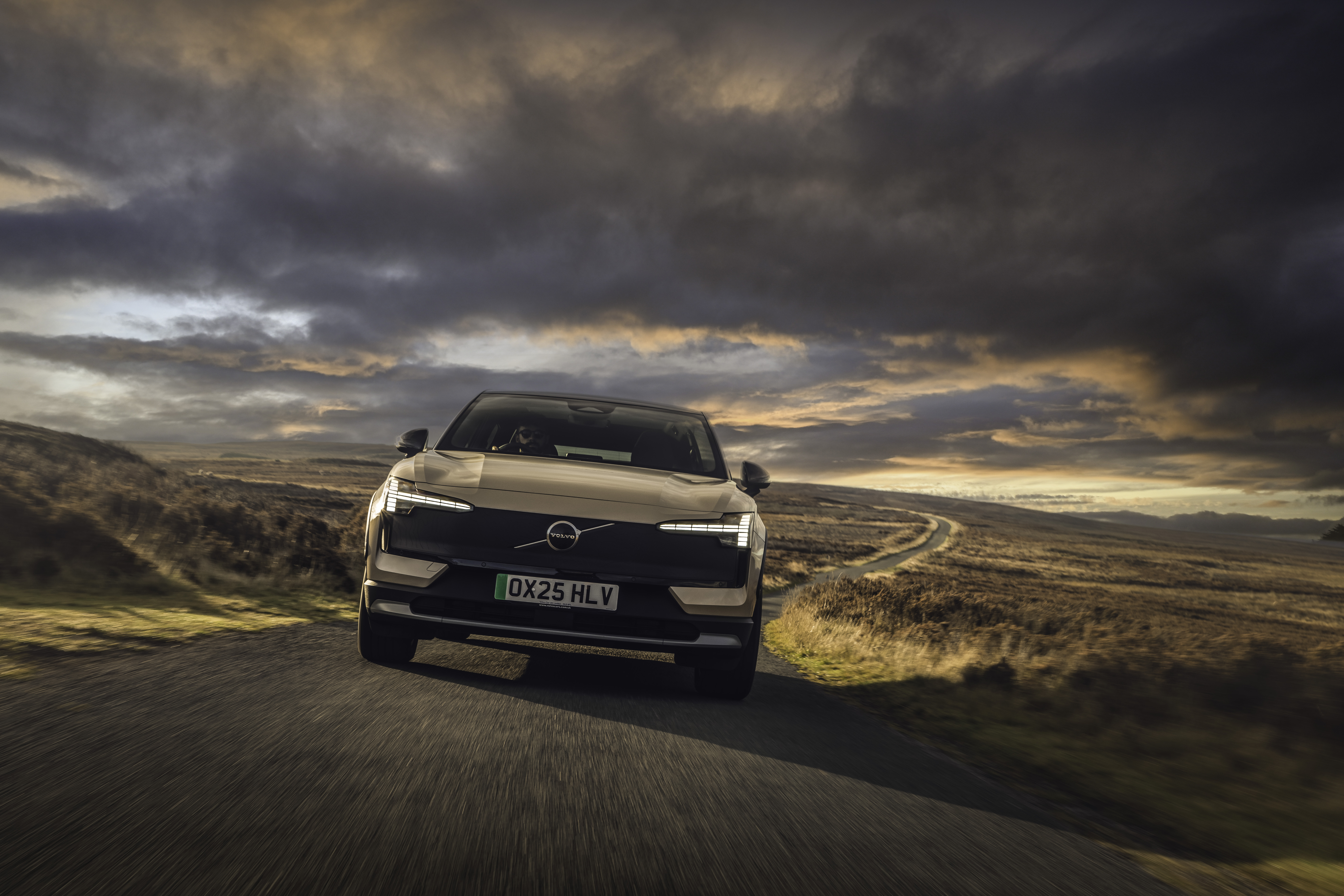 A slick looking off-roader that's a far cry from its rustic rural roots — Volvo EX30 Cross Country
A slick looking off-roader that's a far cry from its rustic rural roots — Volvo EX30 Cross CountryThe latest iteration of Volvo's Cross Country is flashy, fast and stylish. But is that what a Volvo Cross Country is supposed to be?
-
 'Gems of enflamed transparencies, of bottomless blues, of congealed opals': Why glass was perfect for the elemental experimentalism of Art Nouveau
'Gems of enflamed transparencies, of bottomless blues, of congealed opals': Why glass was perfect for the elemental experimentalism of Art NouveauArt Nouveau masters such as Louis Comfort Tiffany and Émile Gallé turned the most fragile of materials into iridescent masterpieces that shimmered like seashells or glittered like Byzantine mosaics.
-
 Why you absolutely need an electric Bentley Blower furnished with Russian reindeer leather
Why you absolutely need an electric Bentley Blower furnished with Russian reindeer leatherA collaboration between Hedley Studios and The King's shoemaker George Cleverley has produced something rather remarkable. Jeremy Taylor goes for a drive.
-
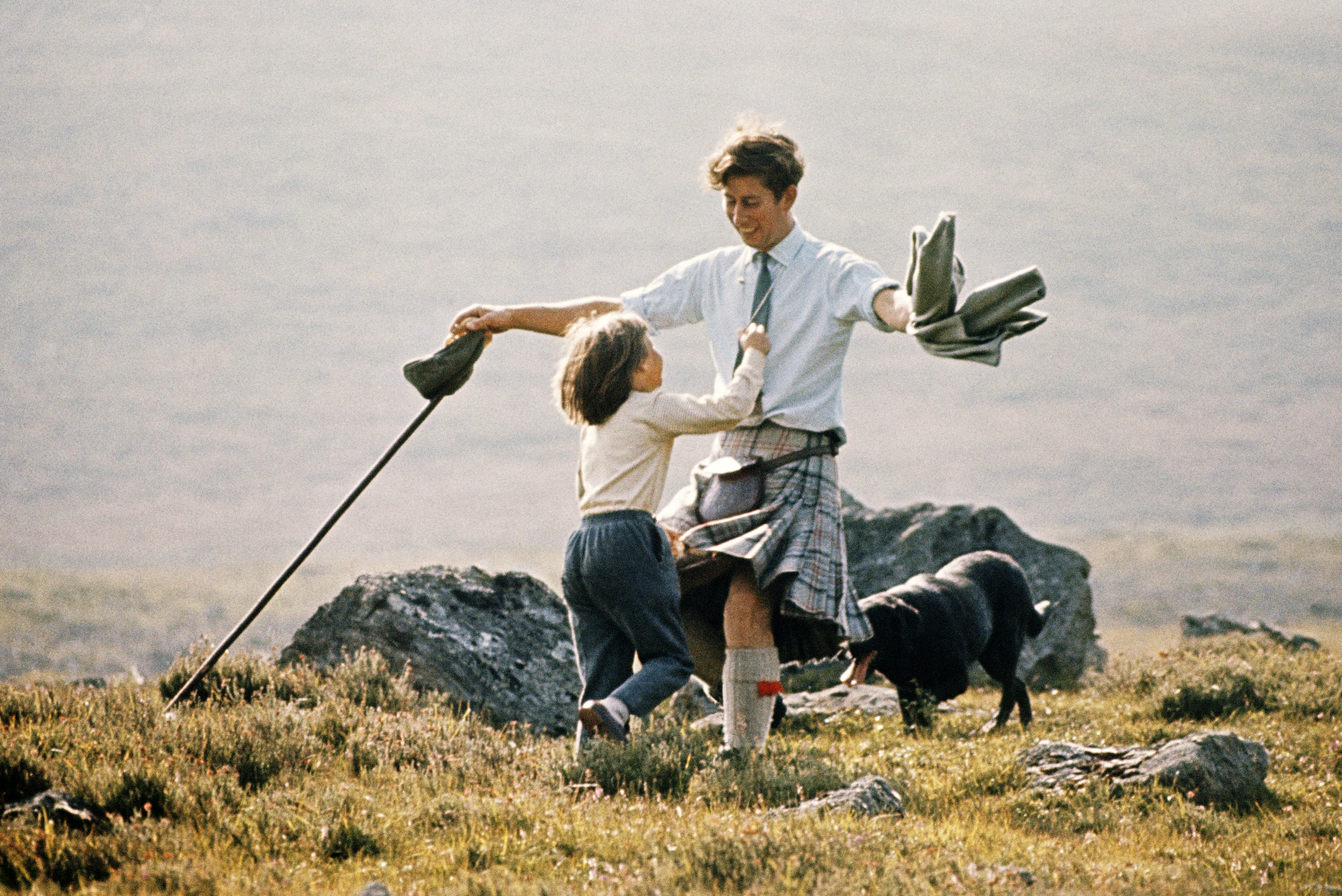 Kilt status: A history of the iconic Scottish skirt, from wartime wrap to punk protest
Kilt status: A history of the iconic Scottish skirt, from wartime wrap to punk protestEverything you need to know about the kilt — apart from what to wear underneath one.
-
 The Glovebox: Return of the Bentley Supersports, the ultimate rural Range Rover and the car collection fit for The King
The Glovebox: Return of the Bentley Supersports, the ultimate rural Range Rover and the car collection fit for The KingA century after it was the first Bentley to top 100mph, the Supersports is back and looking better than ever.
